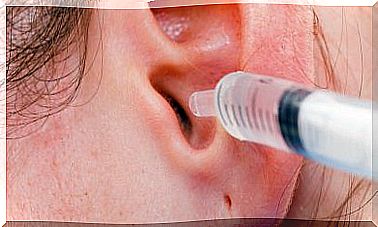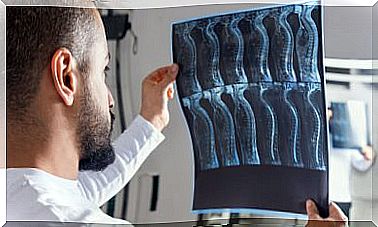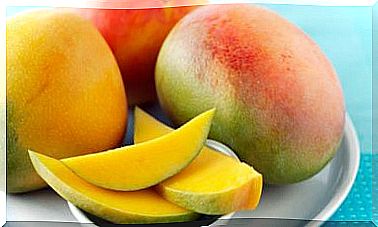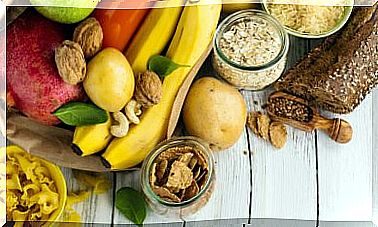Types Of Fibers That Most Help The Microbiota
Perhaps you have ever wondered if there are fibers that help the intestinal microbiota. Is this possible? Much is written on each topic separately, but they may have a point of contact that enhances our well-being.
When thinking about nutritional health, it is necessary to pay special attention to the composition of the gut microbiota. The set of bacteria that inhabit the intestine are considered as an organ itself, due to its influence on metabolism and the absorption of nutrients.
To guarantee their functionality, it is necessary to provide them with substances that serve as food. There are some types of fiber that help the microbiota to grow selectively, enhancing its functions and producing short-chain fatty acids that intervene as modulators of inflammation.
Pectin for the gut microbiota
Pectin is a type of soluble fiber found in apples. This substance is capable of positively influencing bacterial growth at the intestinal level, according to research published in the journal FEMS Microbiology Ecology.
The results of this study show that the habitual consumption of foods with this type of fiber manages to stimulate the production of substances with an anti-inflammatory nature. This benefits short-term health, but also for the future.
In this way, it is important, in order to maintain a healthy diet, to include vegetables on a regular basis. Apples and pears are rich in soluble fibers, although there are other foods that also contain this substance in their composition.
It is always preferable to consume this type of product raw and without crushing. This prevents the fiber from breaking from thermal and mechanical processes, and from becoming incapable of exerting the aforementioned effect. Preparation is an important factor in the final effect.
Beta glucans are fibers that help the microbiota
Among the types of fibers that most help the microbiota, it is necessary to make a special mention of beta glucans. These substances are found in oats, which is one of the most complete cereals that we currently have to complete our daily diet.
The regular consumption of this product conditions the growth of the bacteria that make up the intestinal flora in a positive way. According to a study published in The Journal of Nutritional Biochemistry, beta glucans post-divide for human health thanks to their antidiabetic, anti-inflammatory and modulating effects of immune function.
It should be noted that fiber is one of the nutrients responsible for modulating blood glucose levels. This factor is essential when talking about the prevention of metabolic diseases. This is stated in a publication published in the journal Diabetología , where the consumption of dietary fiber is inversely related to the risk of developing type 2 diabetes.
Prebiotics like fiber to help the microbiota
Another type of fiber available that helps the gut microbiota are prebiotics. Unlike probiotics, which are living organisms that colonize the gastrointestinal tract, prebiotics are fibers capable of fermenting within the digestive tract of people, generating short-chain fatty acids.
Among these substances, one of the most important is inulin. It is a nutrient present in some foods such as garlic, although in recent years it has begun to be consumed through food supplements.
Inulin promotes the formation of anti-inflammatory substances at the intestinal level, especially in obese individuals, according to a study published in the journal Metabolism. This condition makes inulin an excellent type of fiber in reducing the incidence of complex diseases in overweight people.

Consume more fibers to improve microbiota health
Obtaining a healthy microbiota is one of the main objectives of current eating guidelines. More and more implications of gut bacteria on health-related markers are being discovered.
For this reason, it is crucial that these microorganisms are functional and in the right proportions to perform their functions. Good gut health can prevent the onset of chronic complex and metabolic diseases.
In addition, it is also linked to better mental health. Interactions between the digestive system and the nervous system have been described using a model known as the gut-brain axis. This denotes that dietary fiber has reaches beyond what we imagine.
Including fiber in the diet, in the necessary amount, is a fundamental strategy when it comes to guaranteeing bacterial growth. However, it is necessary to take certain precautions in this regard.
If the person has pathological bacterial overgrowth in the proximal intestine, it may be necessary to limit fiber intake and administer probiotics before resuming a varied diet. This can be assessed in consultation with a nutrition professional.









